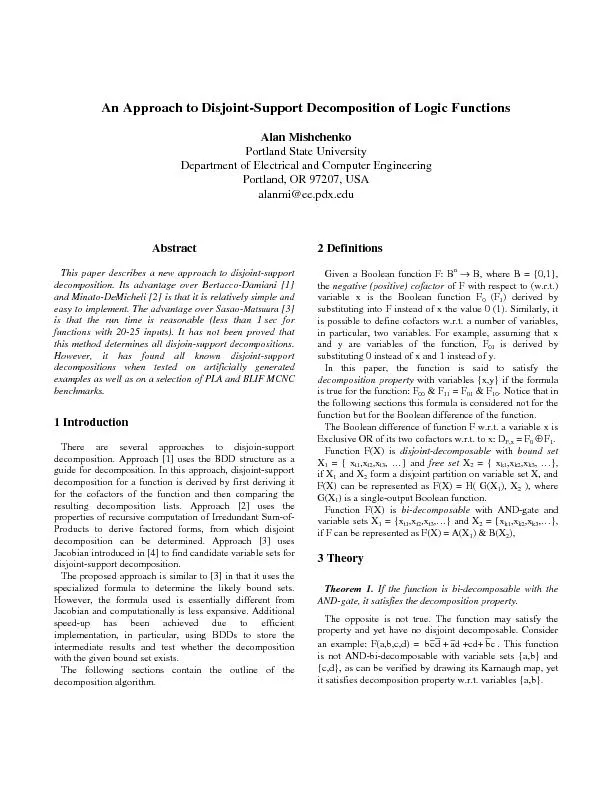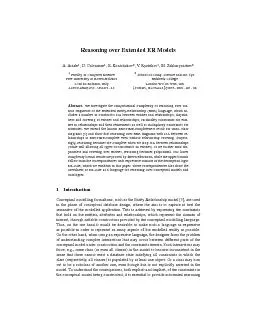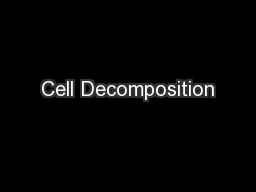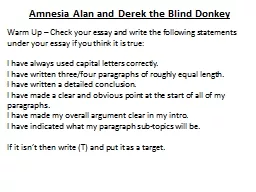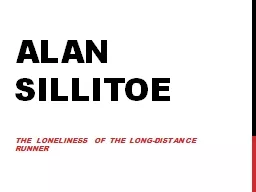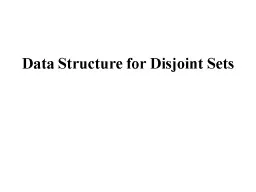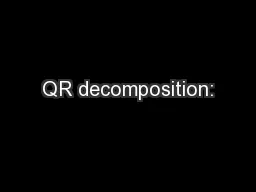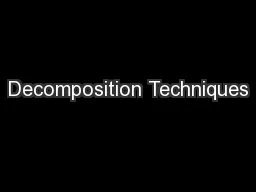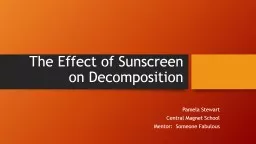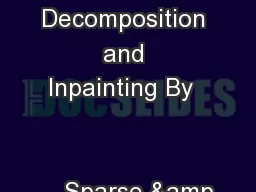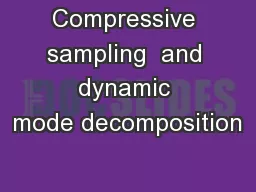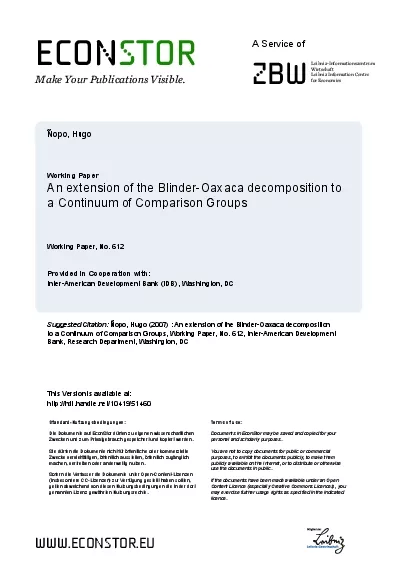PDF-An Approach to Disjoint-Support Decomposition of Logic Functions Alan
Author : phoebe-click | Published Date : 2016-03-15
dcb acd This function is not ANDbidecomposable with variable sets ab and cd as can be verified by drawing its Karnaugh map yet it satisfies decomposition property
Presentation Embed Code
Download Presentation
Download Presentation The PPT/PDF document "An Approach to Disjoint-Support Decompos..." is the property of its rightful owner. Permission is granted to download and print the materials on this website for personal, non-commercial use only, and to display it on your personal computer provided you do not modify the materials and that you retain all copyright notices contained in the materials. By downloading content from our website, you accept the terms of this agreement.
An Approach to Disjoint-Support Decomposition of Logic Functions Alan: Transcript
Download Rules Of Document
"An Approach to Disjoint-Support Decomposition of Logic Functions Alan"The content belongs to its owner. You may download and print it for personal use, without modification, and keep all copyright notices. By downloading, you agree to these terms.
Related Documents

